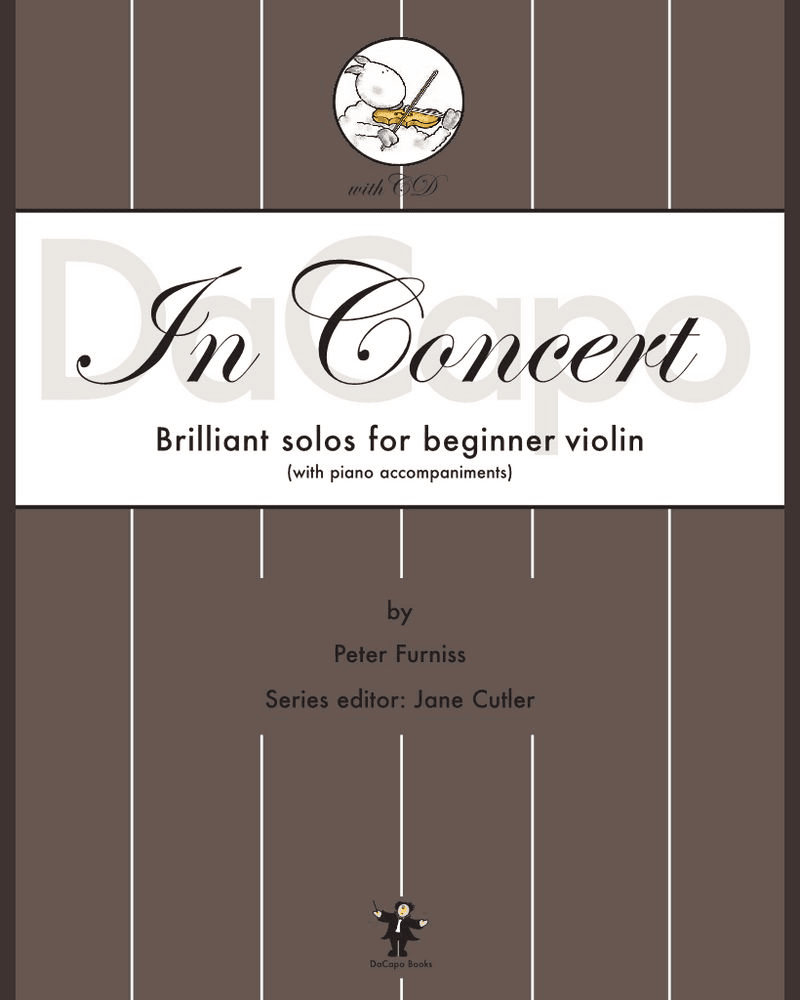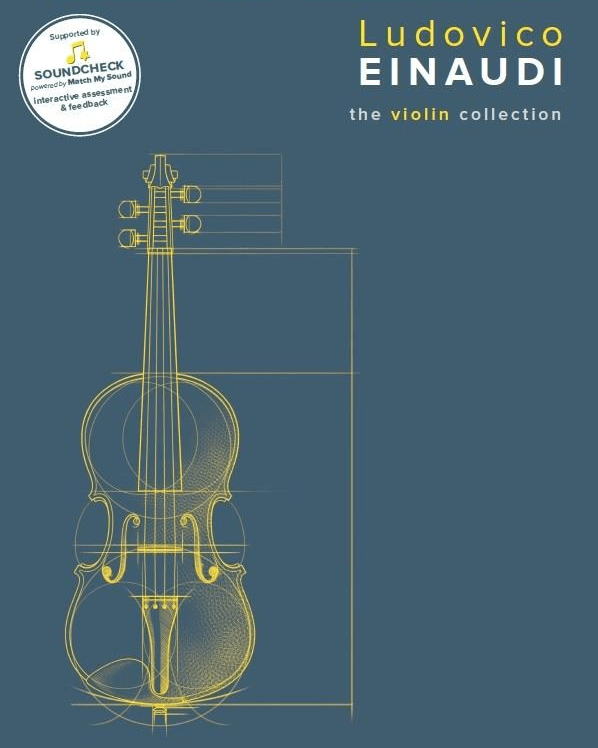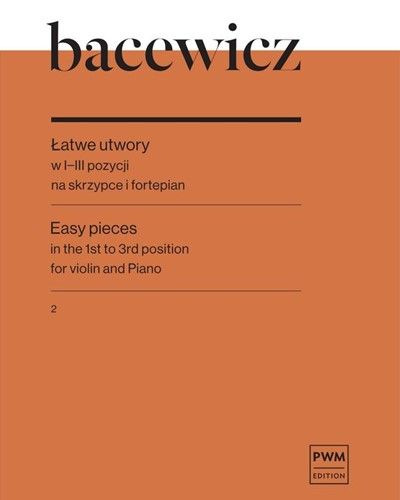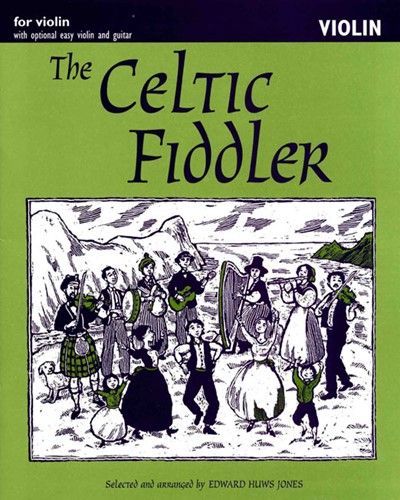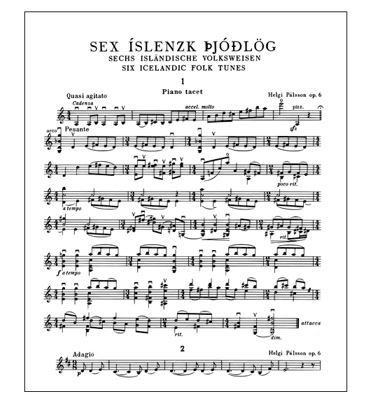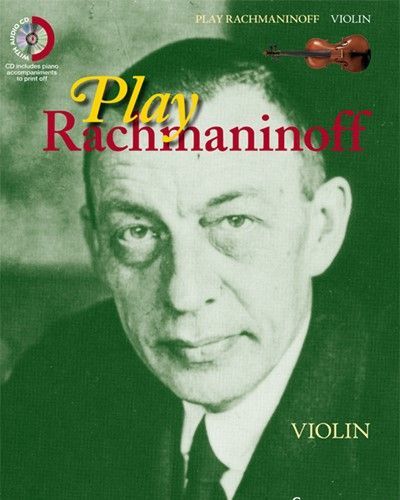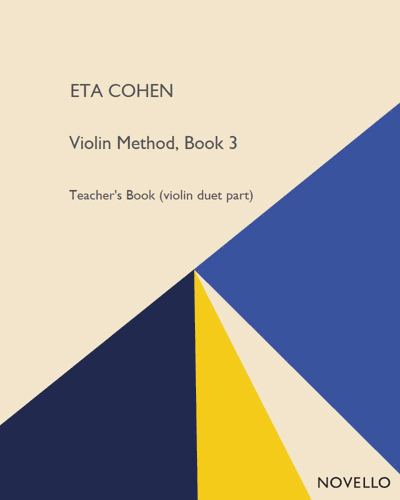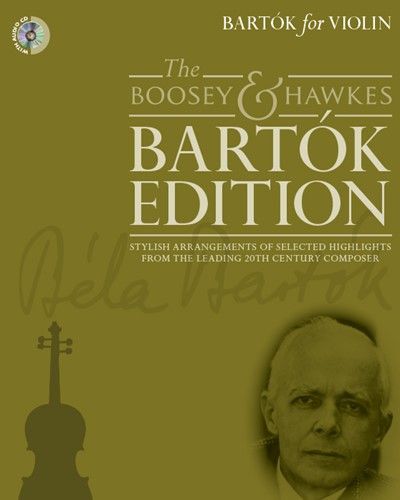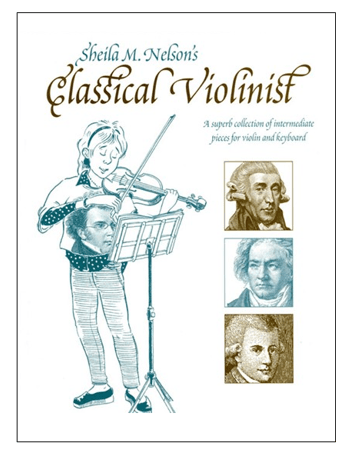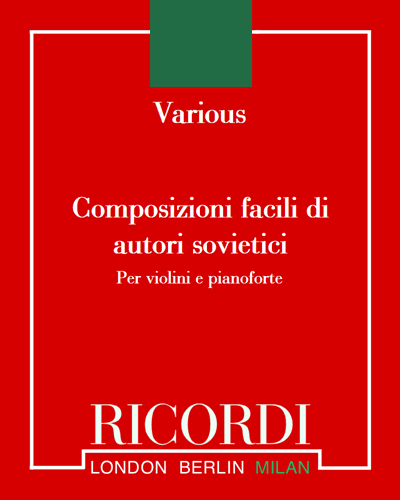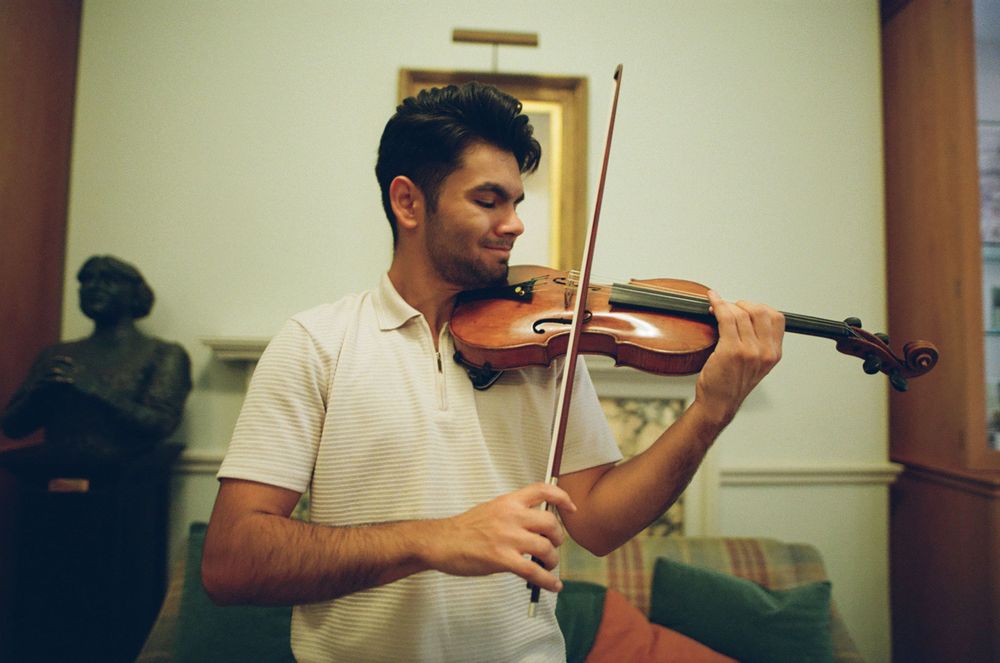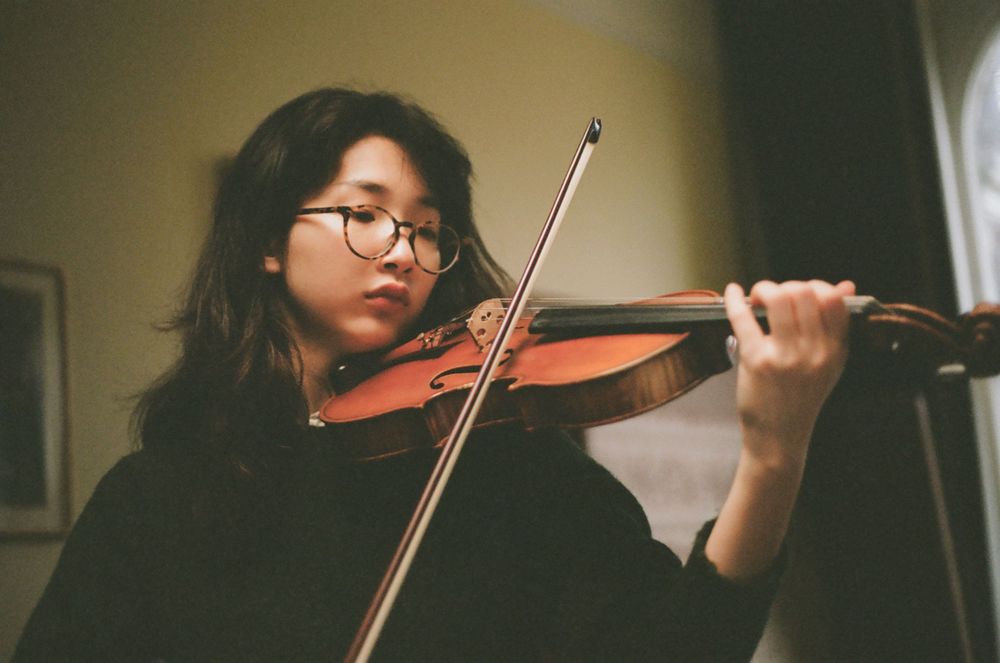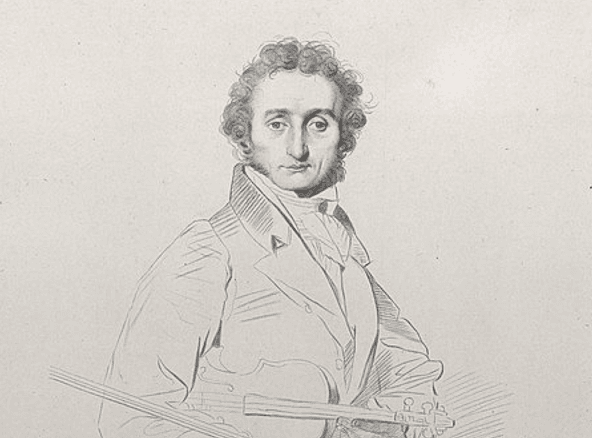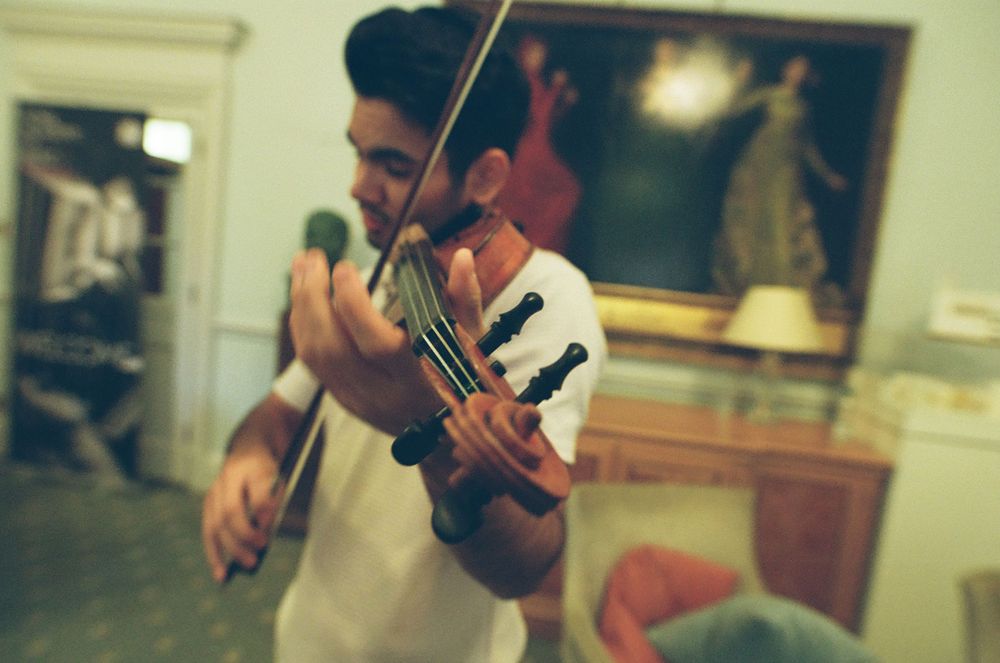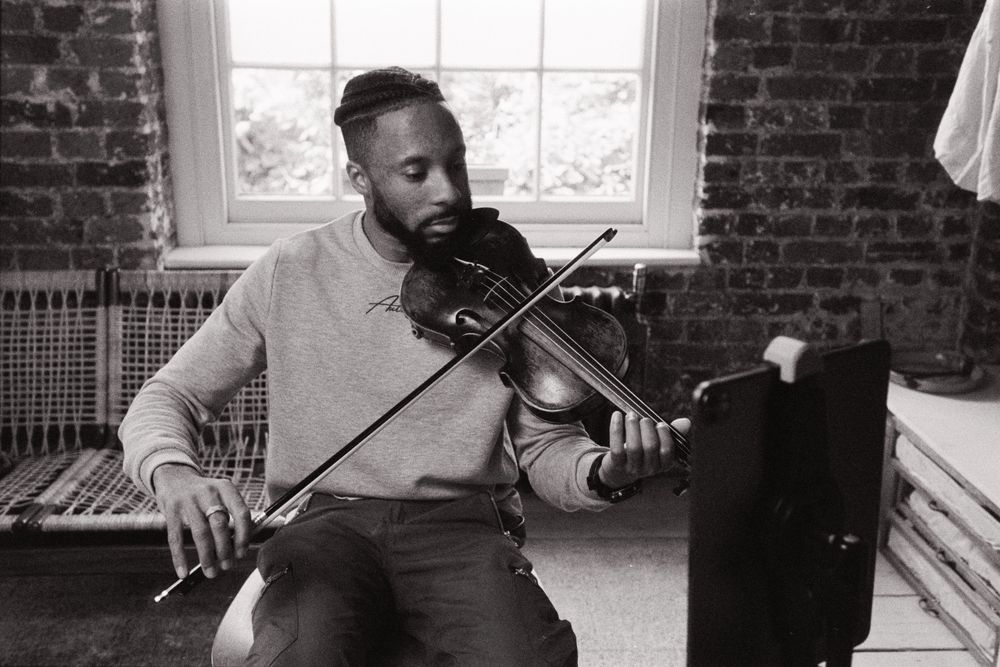Learning a new instrument isn’t always easy, and hunting down music that’s right for your skill level doesn’t make things any simpler. By bringing you great music and walking you through it, this list aims to support you as you pursue your playing goals.
Below you’ll find ten pieces of violin music suitable for your abilities as a beginner. They cover a variety of styles and genres as well as techniques - working through them will provide you with a rounded playing experience, and encourage a range of fundamental skills.
Each piece is available on the nkoda app, and you’ll find links below that take you right to the sheet music itself. Many of these songs are part of playbooks containing a range of similar music, so once you’ve worked through these, you won’t have to go far to discover even more music that’s right for you.
